Natural Spice Buying Guide
Do you fancy yourself as a foodie? If yes, you already understand the value of natural spice and herbs while cooking food.
Adding a little natural spice to your food can take an ordinary dish to extraordinary levels. A natural spice or herb can add complex flavours to any meal and make it more aromatic and delicious when blended correctly.
Spice-filled dishes do not have to be complicated to be scrumptious. All you need to do is understand the flavours of natural spices so they can add the right spice and enhance the depth of flavour of the dish.
In addition to making your food taste delicious, a natural spice also provides minerals and vitamins. It’s packed with antioxidants, has anti-inflammatory properties, antibacterial and antiviral properties, and helps boosts metabolism.
Understanding Natural Spices
The term “Natural Spice” is used in the culinary arts to describe any dried part of a plant, other than its leaves, that is used for flavouring and seasoning, but not as a primary ingredient.
What about the leaves?
The leaves are considered herbs.
Besides the green leaves, all other parts of the plant, including the seeds, roots, bark, twigs, flowers and fruit, are considered spices.
While we have access to a large variety of natural spices, there are also synthetic ones. Synthetic spices cover monosodium glutamate, sugar, vinegar, citric acid and vanillin.
The consumption of synthetic spices in large amounts can cause serious health complications.
List of Natural Spices
I have compiled a complete guide on culinary natural spices and herbs for your convenience so that you can take advantage of the many incredible flavours out there.
#1. Tarragon
The glossy, skinny leaves and aroma of tarragon are what makes it a popular culinary herb.
Tarragon is used as an ingredient in French dishes because its delicate flavour pairs well with eggs, fish, chicken, beef and asparagus.
It improves insulin sensitivity, regulates sleep patterns, increases appetite, prevents foodborne illness and decreases inflammation.
#2. Oregano
Oregano is a familiar herb with tiny leaves from the oregano plant. Mediterranean and Mexican cuisine often feature it.
The flavour of oregano is pungent, earthy with a camphor-like aroma. It is one of the widely used herbs worldwide, especially in dishes like pasta and pizza.
It contains certain compounds that help fight bacteria, decrease inflammation, reduce viral infection, fight cancer.
#3. Chives
Chives is a flowering plant with edible leaves and flowers from the Allium schoenoprasum family. Belonging to the allium family makes them close relatives of leeks, garlic, onions and scallions.
There is a mild, onion-like flavour to chives. The fresh leaves are most often used as garnishes, adding colour and flavour to dips, soups, dressings and egg and potato-based dishes.
It benefits eyesight, reduces inflammation and helps with sleep and mood.
#4. Cumin
Cumin is a natural spice made from the seeds of a plant belonging to the parsley family known as Cuminum cyminum.
The flavour of cumin is earthy, with hints of sweetness and bitterness. Many cuisines use cumin, especially Indian, Middle Eastern and North African cuisines.
A variety of health benefits are associated with cumin, such as improving digestion, promoting weight loss and fat reduction, and helping to treat diabetes.
#5. Mace
Mace is an aromatic natural spice made from the dried lacy coating of nutmeg seeds, which is yellowish-brown in colour.
With hints of coriander-like citrus, black pepper, and pine, mace has a warm, woodsy, sweet taste. Indian, Asian, Caribbean and Moroccan cuisines prominently use mace in their dishes.
By using mace, you can reduce anxiety and depression, encourage appetite, relieve stress, protect kidneys and improve brain health.
#6. Black Pepper
Black pepper comes from grinding the dried berries of the vine Piper nigrum, called peppercorns.
In addition to adding a bold and spicy flavour to food, black pepper acts as a preservative as well.
As a spice, one can add black pepper in curries, salads and marinades.
Black pepper has anti-inflammatory properties, is high in antioxidants, improves blood sugar controls.
#7. Sesame
Sesame seeds grow in the pods of the Sesamum indicum plant. They are tiny seeds that are rich in oil.
They are nutty in flavour and used for making cooking oil, sauces, dressing.
Healthy bones, improved blood sugar levels, reduced pain from arthritis are all benefits of sesame.
#8. Cardamom
Cardamom comes from the seeds of different plants that belong to the ginger family.
It complements both savoury and sweet dishes due to its slightly sweet flavour.
It has antimicrobial properties, improves oral health, improves breathing and oxygen use, and removes toxins from the body.
#9. Anise
Anise is a flowering plant that hails from the Apiaceae family and is also called aniseed.
It has a sweet, aromatic, liquorice-like taste. Anise adds flavours to drinks and desserts.
You can add it to the dough for baked goods, hot chocolate or coffee for flavour and fruit fillings for pie.
If kept in a cool, dark place, anise can last for three to four years.
Anise seeds exhibit powerful antidepressant properties, prevent stomach ulcers, relieves menopause symptoms.
#10. Basil
Basil is a member of the mint family and originated in Asia and Africa.
It is a flavourful, leafy green, aromatic herb used as a food seasoning and an ingredient in sauces, pasta, salads, pickles.
Basil reduces oxidative stress, fights cancer, supports liver health, protects against skin ageing and detoxifies the body.
#11. Nutmeg
Nutmeg is a ground spice native to Indonesia, made seeds of evergreen trees Myristica fragrans.
This natural spice is aromatic and slightly nutty, and it goes well with curries, desserts, and drinks.
It treats insomnia, helps digestion, treats bad breath and has antibacterial properties.
#12. Horseradish
Horseradish is a root vegetable that is part of the Brassicaceae family.
There is a sharp odour to horseradish, and its flavour is pleasantly hot.
Horseradish improves respiratory health, have anticancer effects and has antibacterial properties.
#13. Saffron
A hand-harvested spice, saffron is made from the flowers of the ‘Crocus Sativus’, commonly known as the Saffron Crocus.
Saffrons are the vivid crimson flower’s threads or styles and stigma that impart a rich golden-yellow hue to the dishes.
Various foods use saffron as a seasoning and colouring agent.
The world’s most expensive natural spice is saffron due to its labour-intensive harvesting method.
Among its many medicinal properties, saffron is known for improving mood, reducing depressive symptoms, and reducing premenstrual symptoms.
#14. Dill
Dill is a herb from the celery family ‘Apiaceae’ found throughout Asian and European cuisines.
In the culinary world, dill leaves and seeds serve as a spice.
Its leaves possess a sweet, grassy flavour, but dill seeds are more fragrant, with a taste that’s similar to that of caraway seeds.
It is often paired with potatoes, yoghurt-based sauces and salmon to elevate the flavour of the dish.
Dill helps to reduce indigestion and symptoms of colic in infants due to its nutrient content.
#15. Star Anise
Star anise is the star-shaped pod from the fruit of the evergreen tree ‘Illicium Verum’ native to China.
Despite its name and flavour, star anise and anise are both unrelated.
Star anise has a warming flavour that can remind you of liquorice. It is a pillar ingredient in the Chinese five-spice.
One can use the spice to season roast duck, spiced nuts and flavour liqueurs.
This natural spice contains bioactive compounds that are beneficial to the human body, including antimicrobial properties, antiviral properties, antibacterial properties and antifungal properties.
#16. Fenugreek
Fenugreek is a unique spice that can transform a bland dish into a mouthwatering one.
It belongs to the Fabaceae family with leaves and seeds that are both edible.
Despite its bitterness when raw, it gives a sweet and complex taste when cooked and combined with aromatics and spices.
Indian, Middle Eastern and North African cuisines use fenugreek to enhance the flavour of dishes.
Fenugreek helps control blood sugar and diabetes, reduces symptoms of heartburn and lowers cholesterol levels.
#17. Laurel
A member of the Laurus Nobilis family, laurel is used in cooking for seasoning.
Laurel is highly aromatic and is usually added to soups, stews and curries as it imparts a subtle floral fragrance.
It shouldn’t be eaten as a whole because it is fibrous and bitter. The laurel is typically removed and discarded before serving a dish.
The nutritional properties of laurel are antibacterial and prevent cancer.
#18. Barberry
Barberry or Berberis Vulgaris is a shrub native to North Africa and Europe that grows tart, red berries.
Its flavour is somewhat fruity and acidic. Barberry flavours rice dishes as well as make jams and jellies.
Barberry contains beneficial compounds that help treat acne, fight dental infections, help lower cholesterol and manage diabetes.
#19. Coriander
Coriander, a member of the parsley family, is produced from the plant Coriandrum sativum.
The ground seeds of the coriander plant make the coriander spice. The coriander plant’s leaves are a herb called cilantro or Chinese parsley.
Many Asian, European, and Latin cuisines use this spice because of its floral aroma and lemony taste. People use coriander in dishes like curries, salads, salsas and masalas.
It helps lower blood sugar, has immune-boosting antioxidants, promotes digestion and gut health and protects your skin.
#20. Paprika
To make paprika spice, sweet peppers grown on the plant ‘Capsicum Annuum’ are dried and ground into a fine, red powder.
In addition to sweet, smoked, and spicy varieties, this spice is available in a wide variety of colours such as red, orange and yellow. You can use paprika to make stews, rice dishes, soups, and salads.
Paprika has several nutrients that promote healthy vision, improve cholesterol levels, reduce inflammation and improve blood sugar control.
#21. Rosemary
Rosemary is a fragrant evergreen shrub with needle-like leaves that are native to the Mediterranean region.
You can use fresh rosemary tops to flavour and garnish soups, pickles and cold drinks. The leaves of rosemary are dried and powdered to make spices.
It enhances memory and concentration, prevents brain ageing, prevents neurological disorders.
#22. Valerian
Valerian is a flowering plant that is native to Europe and belongs to the Valeriana Officinalis family.
The delicate aroma and original taste of Valerian make it an excellent seasoning for salads.
The herb Valerian promotes tranquillity and helps with sleep disorders as well as anxiety.
#23. Sage
Sage is a wonderful culinary herb belonging to the Salvia officinalis family.
It has a strong earthy flavour and aroma and goes well with meat and bean dishes.
It is rich in antioxidants, eases menopause symptoms, alleviates diarrhoea and combats skin ageing.
#24. Thyme
Thyme is an evergreen herb whose small leaves grow on clusters of thin stems from the mint family Lamiaceae.
It has a concentrated herbal flavour with sharp wood, grass and floral notes.
The herb thyme enhances the flavour of dishes and tea and assists in preserving food.
Thyme boosts your immunity, alleviate coughing, boosts mood and lowers blood pressure.
#25. Fennel
Fennel is a culinary, aromatic and flavourful herb with feathery leaves and yellow flowers and belongs to the carrot family.
It can be eaten both raw or cooked. When raw, it has a liquorice-like flavour and a crisp texture. Fennel caramelizes while cooking and becomes tender.
It suppresses appetite, benefits breastfeeding women and benefits heart health.
#26. Caraway
Often mistaken for seed, this small, brown pod is the dried fruit of the caraway plant.
Caraway seeds taste earthy and have a hint of pepper and citrus to it.
They are highly aromatic and add subtle liquorice hints to the dishes.
You can add caraway seeds to sweet and savoury dishes such as stews, curries, pastry, or bread.
Its health benefits are: it reduces inflammation, promotes weight loss and encourages healthy digestion.
#27. Parsley
Parsley is one of the most popular herbs.
It is native to the Mediterranean region and part of the flowering plant in Apiaceae.
It lends a fresh, bright green colour when added to a dish and has a mildly bitter flavour to it.
There are a lot of health benefits associated with parsley, such as supporting bone health, supporting healthy vision, and fighting cancer.
#28. Mint
Mint, a native to the eastern Mediterranean region, is an aromatic herb that belongs to the Lamiaceae family. They are known for imparting a cooling sensation.
It is a common ingredient in a variety of foods and drinks like salads, desserts, sauces, teas and alcoholic drinks.
Mint relieves indigestion, decreases breastfeeding pain and masks bad breath.
#29. Melissa
Melissa is a perennial herb from the mint family with a lemony fragrance and flavour.
It works well with stuffings, salads, drinks, poultry, vegetables and fish.
As a herb, it boosts cognitive functions, eases insomnia, treats cold sores, treats nausea and minimizes menstrual cramps.
#30. Vanilla
Vanilla is one of the most expensive spices as it is labour intensive to produce it.
It is obtained from pods of the Mexican species of the genus Vanilla, primarily.
It enhances the desserts with its mellow fragrance. Vanilla works in almost any sweet recipe.
Studies have shown that vanilla provides health benefits, including curbing sugar intake, providing calming effects and eases toothache.
List of Natural Spices and Herbs That are Useful
#1. Turmeric
Turmeric is the spice that gives the yellow colour to any food when added to it. It is also one of the main ingredients in Indian curries.
It has an earthy, pungent, mustard-like aroma and a bitter, warm, black-pepper like flavour.
Over thousands of years, turmeric has been used in Indian medicine, food colouring, and dyes.
You should keep in mind that turmeric loses its potency after about six months.
It can help to increase antioxidants, fight inflammation, protect against heart disease and help delay Alzheimer’s disease.
#2. Cloves
Cloves are the dried flower buds from the clove tree.
You can add cloves to hot beverages to add flavour, spice up cakes and cookies, or season pot roast.
Cloves is one of the key ingredients in gingerbread and a primary spice in Indian cuisine.
It has many health benefits including improving liver health, regulating blood sugar, promoting bone health, protecting against cancer and reducing stomach ulcers.
#3. Asafoetida
Asafoetida is obtained from the roots of Ferula plants in the form of dried sap. Known in India as Hing, it is dried and ground to form a spice.
It is acrid in taste and smelly in nature.
Besides flavouring food that is enhancing Umami flavours in savoury food, asafoetida has health benefits as well.
It helps with indigestion, includes antioxidants, protects brain health, eases asthma symptoms.
#4. Mustard
Mustard seeds are available in white, brown and black colours from the seeds of the mustard plant.
They have a sharp and somewhat bitter taste.
Mustard seeds are rich in calcium, minerals, potassium, phosphorous and magnesium.
If stored in an air-tight container, mustard seeds are good for up to one year.
Pickles, sauces, mayonnaise are all made with mustard seeds.
In India, mustard is commonly known as Rai. In India, mustard seeds are fried in ghee until the seed pops. That gives a mild nutty flavour which is useful for garnishing and seasoning Indian dishes.
The health benefits of mustard are that it relieves headaches and toothaches, enhances the digestive power of the body, strengthen teeth, bones and gums and prevents ageing.
#5. Cinnamon
Cinnamon, an ancient natural spice, derives from the barks of bushy, evergreen trees belonging to the laurel family. It ranks second as the most popular natural spice in Europe and United States.
It is a fragrant natural spice that delights palates by its use in a variety of food like confectionery, beverages and curries.
Whether sprinkled on a steaming pumpkin spice latte, dropped as a curl of bark into a hot cup of wintery cider, or included in a warm pie, cinnamon has a nostalgic, luxurious quality hard to match.
It helps reduce blood sugar levels, prevent multiple sclerosis, reduce the risk of cardiovascular diseases.
#6. Ginger
Ginger is a flowering plant from the Zingiberaceae family that originated in Southeast Asia. Rhizome or ginger root is the part used as a healing aid or natural spice.
One of the world’s healthiest spices is ginger.
Fresh ginger has a pungent and spicy aroma with a slightly sweet and peppery flavour.
You can eat ginger fresh, powdered, dried, pickled, preserved, or as a juice or oil. Myriad preparations such as curries, soups, marinades, and beverages use ginger.
Ginger soothes an upset stomach, aids digestion, reduces cancer risk, relieves menstrual cramps.
Tips for Proper Storage of Natural Spices
A new natural spice or herb always makes cooking even more exciting. Natural spices and herbs are your allies when it comes to cooking, as they add the perfect amount of flavour and finishing touches to the dish.
Discover how to treat them well so that their best flavours will show up in all your recipes.
#1. Buy whole spices
Whole spices like cardamom and nutmeg maintain their flavour and freshness longer than ground ones. Once ground, their essential oils evaporate much quicker. The essential oils are responsible for the spices’ flavour, so they must be kept fresh.
#2. Keep cool and dry
The three biggest enemies of natural spices and herbs are sunlight, heat and humidity. That is why you should never store your natural spices and herbs near the stove or the windowsill. They will stay fresh longer this way.
#3. Natural spices don’t expire
While it is true that natural spices can’t go bad as they have no expiration date, they do lose their flavour in the long run. Faded spices neither add colour nor add flavour to the dish.
#4. How do you know if your spices have gone bad?
By answering these two questions, one can understand if it’s time to replace their spices: How do the spices smell and taste? Is the colour strong or faded?
#5. Some spices like to chill
The pepper family, such as chillies, cayenne pepper, and others, stay fresher in the refrigerator, lose less colour, and retain their flavour.
#6. You shouldn’t use your spices over a steaming pot
Sprinkling spices and herbs directly into a pot of steam is not a good idea. Steam can leak into spice bottles and sap the power of your spices.
Names and Types of Natural Spices and Seasonings
There are several natural spice and seasoning classifications based on the type of plant they come from, the part of the plant they originate from, the flavour they impart, and the combination of them.
Here is a list of natural spices and seasoning in different groups:
#1. Common spices:
Turmeric, cumin, black pepper, red pepper, ginger
#2. Exotic spices:
Vanilla, saffron, sumac
#3. Hot spices:
Paprika, cayenne pepper, pepper
#4. Sweet spices:
Cardamom, cinnamon, allspice, coriander
#5. Seasoning mixes:
Curry, Dolma, Khmeli-Suneli, Shichimi Togarashi
Veggie Burger Recipe
Who doesn’t love eating a big, fat, drippy, messy burger? We all do!
Imagine making a burger with a patty that holds together and forms a substantial crust, one that is bursting with spices and has a pleasant texture.
Therefore, I am sharing with you the recipe for this epic deliciousness.
Prep time: 35 minutes Cook time: 25 minutes Serves: 4
For preparing patties
Ingredients:
4 to 5 tbsp oil, 6 to 7 tbsp breadcrumbs, ⅛ tsp turmeric, ½ tsp garam masala, ½ tsp red chilli powder, ½ tsp coriander powder, ½ tsp cumin powder, 2 tbsp chopped coriander leaves, 1 tsp chopped green chillies, 2 tsp chopped ginger, 1 tsp chopped garlic, ½ finely chopped onions, ½ cup green peas, 10 french beans, 100 gram chopped carrots, 3 large potatoes
For preparing batter
Ingredients:
3 tbsp rice flour, 2 tbsp gram flour, 3 tbsp maize flour, ½ cup water
For burger toppings
Ingredients:
1 thinly sliced medium onion, 1 thinly sliced medium tomato, 5 to 6 chopped lettuce leaves, 5 to 6 cheese slices, 1 tbsp butter, 4 burger buns
For mayonnaise dressing
Ingredients:
½ tsp crushed black pepper, ½ tsp crushed mustard seeds, 1 tbsp olive oil, ½ tsp vinegar, ½ tsp lemon juice, ¼ tsp sugar, ⅛ tsp salt, 3 tbsp mayonnaise
Preparing veggies
Procedure:
- Cook carrots, french beans, potatoes, and green peas for about 12 minutes in a pressure cooker on medium heat.
- Peel and chop the cooked carrots and potatoes when warm. Chop the french beans as well.
- Now, mash the potatoes with a potato masher.
- After the mashed potatoes have cooled, add chopped carrots, french beans and green peas. Set aside this mixture.
Preparing breadcrumbs
Procedure:
- Cut about 8 slices of bread and add them to a mixer. Process for 30 seconds for coarse breadcrumbs.
- Transfer it to a bowl and keep it aside.
Preparing mayonnaise dressing
Procedure:
- Put the mayonnaise in a small mixing bowl and add crushed black pepper and mustard seeds to it.
- Add lemon juice, vinegar, salt and sugar.
- Whisk the dressing and keep it aside.
Preparing vegetable patty mixture
Procedure:
- In a mortar and pestle, crush ginger, garlic, and green chillies.
- Heat 1 tsp oil in a pan. For a few seconds, sauté the paste of ginger, garlic, and green chillies until the raw aroma of ginger and garlic is gone.
- Add chopped onions and sauté till the onions turn translucent.
- Add the spices – cumin powder, garam masala powder, red chilli powder, coriander powder and turmeric to the mix and stir well.
- Switch off the gas and add chopped coriander leaves.
- Add the sautéd mixture to mashed vegetables. Also, add breadcrumbs and salt and mix well.
- Make the vegetable patties the same size as that of the burger buns. Keep these patties aside.
Preparing batter
Procedure:
- Mix rice flour, gram flour, maize flour, and water in a medium mixing bowl.
- Stir well and make a smooth batter without lumps. Keep aside the batter with medium consistency.
Pan-frying patties
Procedure:
- Heat 4 tbsp oil in a pan for frying the patties.
- Dip the patties in the batter and coat them evenly. Place the batter coated patties on breadcrumbs. Make sure to coat the patties thoroughly with breadcrumbs.
- Now, place the patty on the heated pan.
- Cook each patty until browned and heated through.
- Once crisp and golden, place them on paper towels.
Assembling veggie burger
Procedure:
- Slice the buns in half and spread some butter on the slices.
- Heat a small pan and toast the buttered side till they turn crisp and golden.
- Apply mayonnaise dressing to the crisp side.
- Place the vegetable patty and top it up with sliced onions and tomatoes.
- Again top up with mayonnaise dressing and sliced cheese.
- Finally, add chopped lettuce and the burger bun.
Your veggie burger is ready to be served and eaten.
You can always change the vegetables and dressings according to your choice.
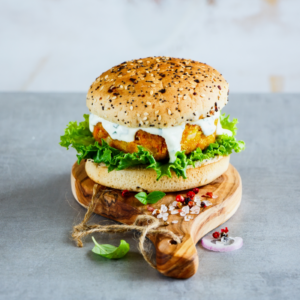
Veggie Burger Recipe
Ingredients
For preparing patties
- 4-5 tbsp oil
- 6-7 tbsp breadcrumbs
- ⅛ tsp turmeric
- ½ tsp garam masala
- ½ tsp red chilli powder
- ½ tsp coriander powder
- ½ tsp cumin powder
- 2 tbsp coriander leaves chopped
- 1 tsp green chillies chopped
- 2 tsp ginger chopped
- 1 tsp garlic chopped
- ½ onion finely chopped
- ½ cup green peas
- 10 french beans
- 100 g carrots chopped
- 3 potatoes large
For preparing batter
- 3 tbsp rice flour
- 2 tbsp gram flour
- 3 tbsp maize flour
- ½ cup water
For burger toppings
- 1 onion medium-sized, thinly sliced
- 1 tomato medium-sized, thinly sliced
- 5-6 lettuce leaves chopped
- 5-6 cheese slices
- 1 tbsp butter
- 4 burger buns
For mayonnaise dressing
- ½ tsp black pepper crushed
- ½ tsp mustard seeds crushed
- 3 tbsp mayonnaise
- ½ tsp lemon juice
- ¼ tsp sugar
- ½ tsp vinegar
- ⅛ tsp salt
- 1 tbsp olive oil
Instructions
Preparing veggies
- Cook carrots, french beans, potatoes, and green peas for about 12 minutes in a pressure cooker on medium heat.
- Peel and chop the cooked carrots and potatoes when warm. Chop the french beans as well.
- Now, mash the potatoes with a potato masher.
- After the mashed potatoes have cooled, add chopped carrots, french beans and green peas. Set aside this mixture.
Preparing breadcrumbs
- Cut about 8 slices of bread and add them to a mixer. Process for 30 seconds for coarse breadcrumbs.
- Transfer it to a bowl and keep it aside.
Preparing mayonnaise dressing
- Put the mayonnaise in a small mixing bowl and add crushed black pepper and mustard seeds to it.
- Add lemon juice, vinegar, salt and sugar.
- Whisk the dressing and keep it aside.
Preparing vegetable patty mixture
- In a mortar and pestle, crush ginger, garlic, and green chillies.
- Heat 1 tsp oil in a pan. For a few seconds, sauté the paste of ginger, garlic, and green chillies until the raw aroma of ginger and garlic is gone.
- Add chopped onions and sauté till the onions turn translucent.
- Add the spices - cumin powder, garam masala powder, red chilli powder, coriander powder and turmeric to the mix and stir well.
- Switch off the gas and add chopped coriander leaves.
- Add the sautéd mixture to mashed vegetables. Also, add breadcrumbs and salt and mix well.
- Make the vegetable patties the same size as that of the burger buns. Keep these patties aside.
Preparing batter
- Mix rice flour, gram flour, maize flour, and water in a medium mixing bowl.
- Stir well and make a smooth batter without lumps. Keep aside the batter with medium consistency.
Pan-frying patties
- Heat 4 tbsp oil in a pan for frying the patties.
- Dip the patties in the batter and coat them evenly. Place the batter coated patties on breadcrumbs. Make sure to coat the patties thoroughly with breadcrumbs.
- Now, place the patty on the heated pan.
- Cook each patty until browned and heated through.
- Once crisp and golden, place them on paper towels.
Assembling veggie burger
- Slice the buns in half and spread some butter on the slices.
- Heat a small pan and toast the buttered side till they turn crisp and golden.
- Apply mayonnaise dressing to the crisp side.
- Place the vegetable patty and top it up with sliced onions and tomatoes.
- Again top up with mayonnaise dressing and sliced cheese.
- Finally, add chopped lettuce and the burger bun.
- Your veggie burger is ready to be served and eaten. You can always change the vegetables and dressings according to your choice.
FAQs:
What do natural spices mean?
A natural spice is a substance used to add zest to otherwise bland ingredients. The term natural spice refers to any dried part of a plant, such as roots, seeds, barks, twigs and fruits. Trying to find a way to flavour your meals without making them overly salty or fattening? You can spice up your food instead! To create a delicious and flavorful dish, spices are an essential ingredient. In many Indian dishes, spices play a prominent role. For those who are unfamiliar with Indian cooking and spices, the most time-consuming part is figuring out what spices to use with which components and what combinations to attain that authentic taste you desire.
What qualifies as a natural spice?
Natural spice can be any part of the plant other than its green leafy parts, such as dried bark, roots, berries, seeds, or twigs. The green leafy parts are called herbs. Following are the examples of spices: cloves are dried flower buds, cardamom is a seed pod, allspice is a dried berry, cinnamon is a bark of the tree. The many forms of spices include fresh, dried, and frozen spices, whole spices, ground spices, crushed spices, pureed spices, extracts and pastes. There are various benefits and drawbacks to each form. The type of food product that the designer chooses depends on the application, the manufacturing parameters, and the shelf life.
What spices are in natural spice?
These are spices in natural spice – allspice, anise, annatto, black cumin, black pepper, caraway, cardamom, cayenne pepper, coriander, cumin, dill, fennel, fenugreek, mace, mustard, myrtle, nutmeg, paprika, pepper, vanilla, basil, ginger, juniper, lemongrass, oregano, rosemary, turmeric, star anise, chives, cilantro, cinnamon, clove, coriander, horseradish, lavender, melissa, lemon verbena, licorice, parsley, peppermint, sage, sesame, tarragon, thyme, asafoetida, capers, celery seeds, bay leaf, poppy seeds, ajwain seeds, amchur, chervil, peppercorns, ground sumac, chilli flakes, Sichuan peppercorns, saffron, arrowroot powder, annatto seeds, black salt, berbere spice, chai tea, cocoa nibs, dried enoki mushrooms, habanero pepper, kaffir lime leaves, onion powder and wasabi.
Is garlic included in spice?
Garlic isn’t considered a natural spice even though it enhances the flavour of dishes. Botanically, garlic is a vegetable because it has characteristics of a vegetable like a tall stem, bulb and long leaves. When it comes to garlic, people make many misconceptions and label it as a herb or spice because it is not typically eaten raw, but added to other dishes so that they can add flavour and nutritional boosts to the dish. It is thought of as a vegetable because garlic is rarely eaten by itself.
Is garlic powder considered a spice?
Originally derived from dried garlic and used in cooking, garlic powder enhances the flavour of food. To make garlic powder, dry and dehydrate garlic, then grind it using machinery. There is no synthetic ingredient in garlic powder. Making it takes only a few steps so you can do it yourself at home: peel the cloves, slice them thin, dry them, grind them down to any consistency you want, and voilà! Your garlic powder is ready. You should only need six letters in the ingredient list to make your garlic powder: garlic. In any case, anything more will not be something you should be spending your money on.
The Takeaway
Having discovered the many flavours of herbs and natural spices, which seasonings will you be trying?
I’d love to hear about all your new seasonings in the comments!
Dhruvi is a bubbly, affable person and a reading enthusiast. She would never set foot in the kitchen if not for an easy and exciting recipe.

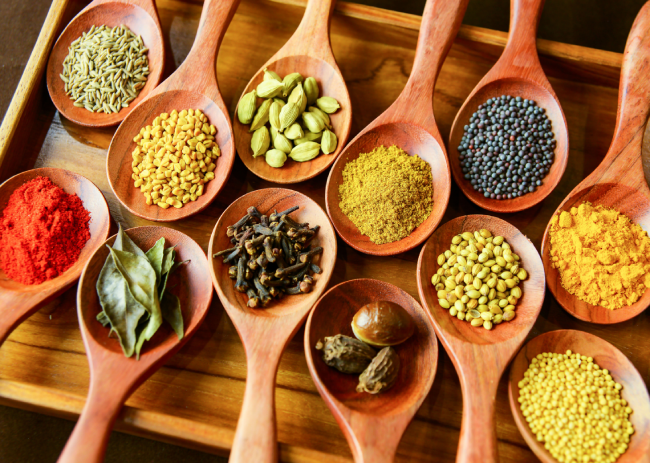
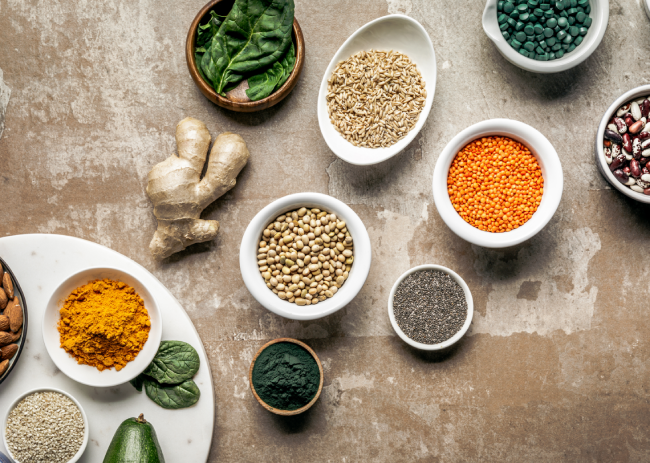
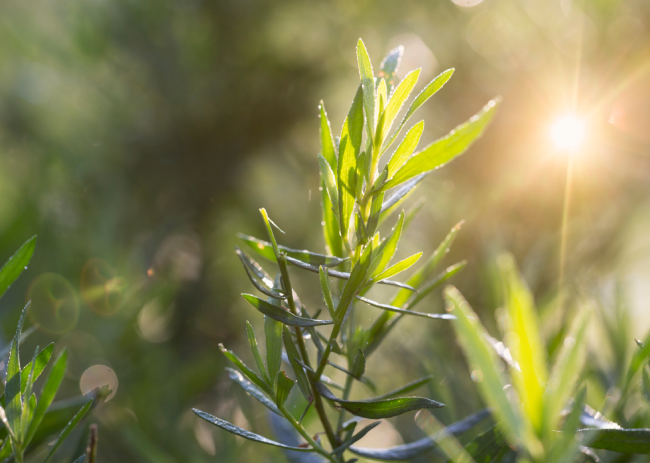
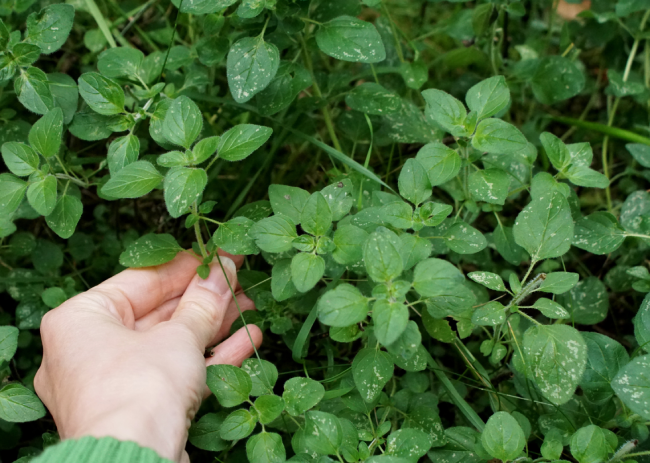
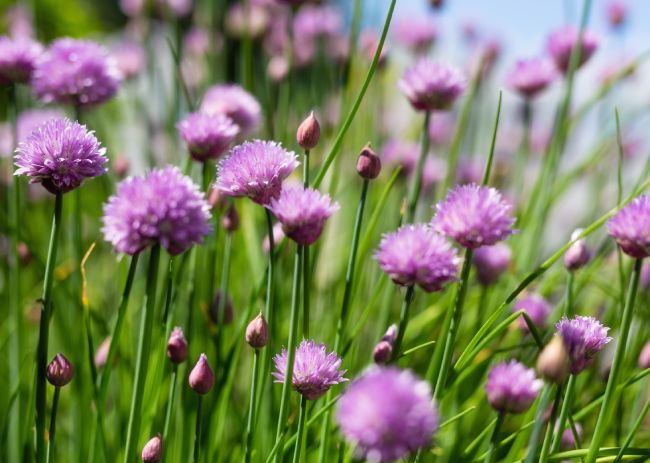
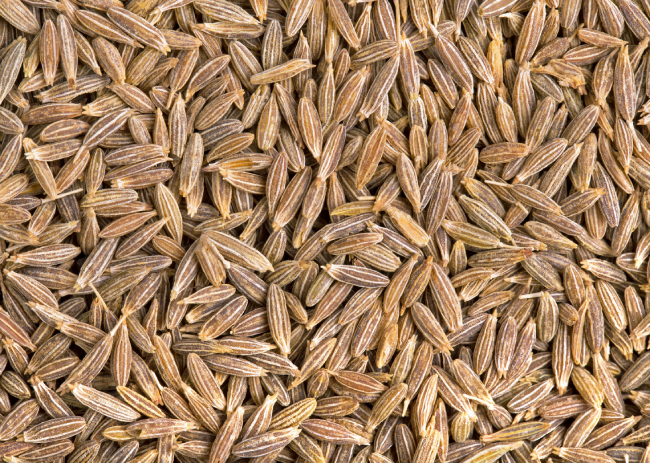
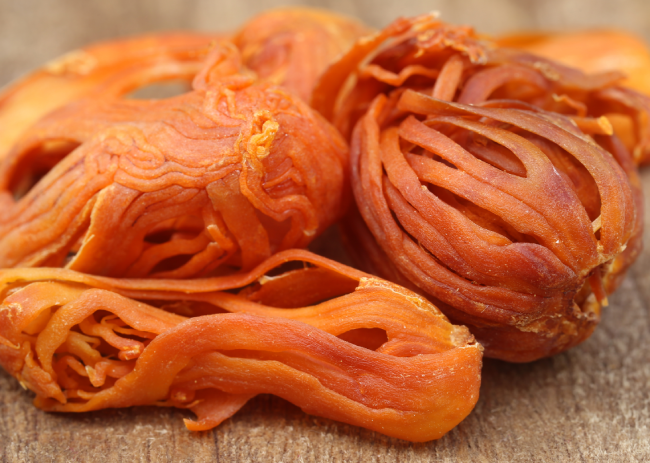
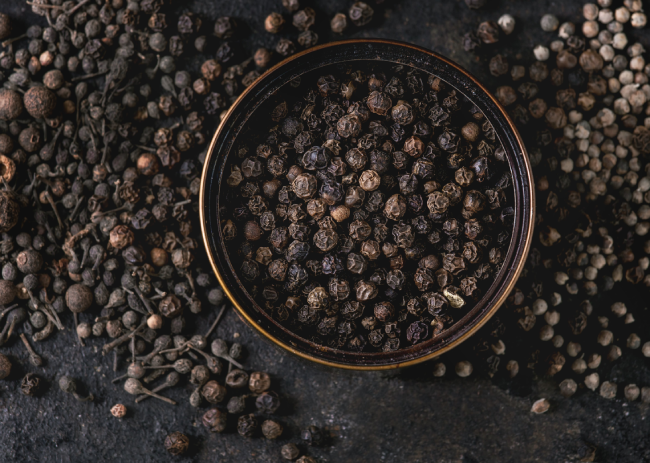
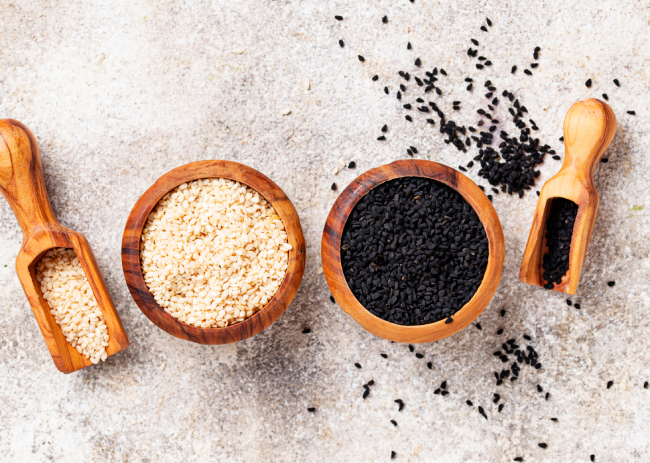

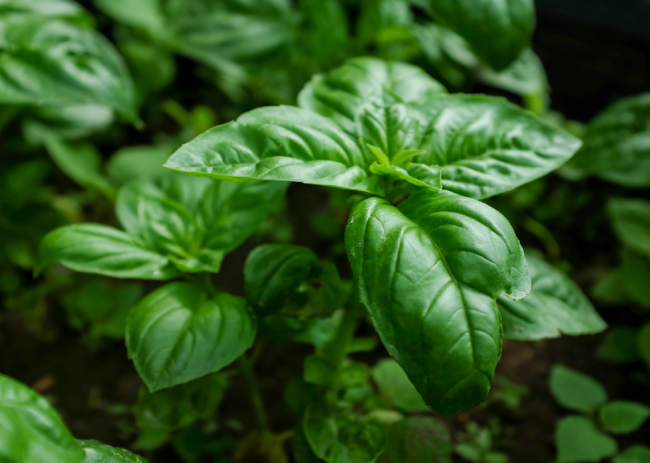

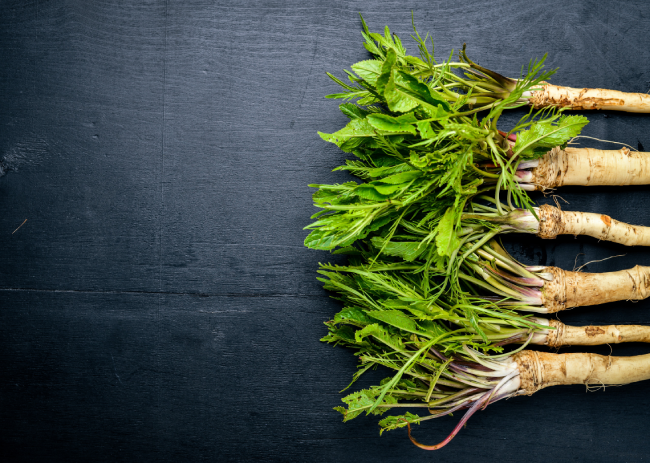
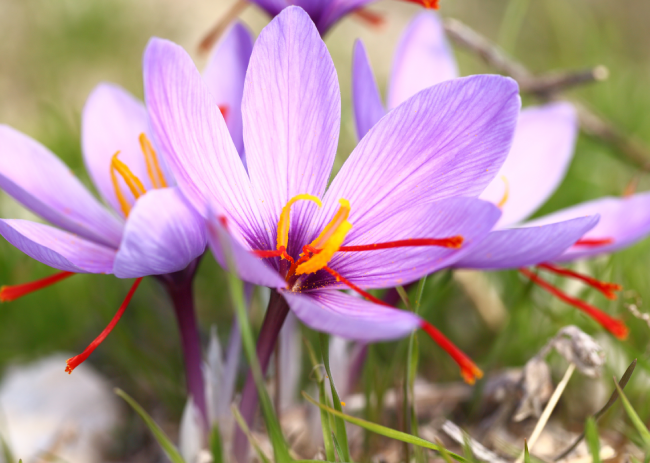
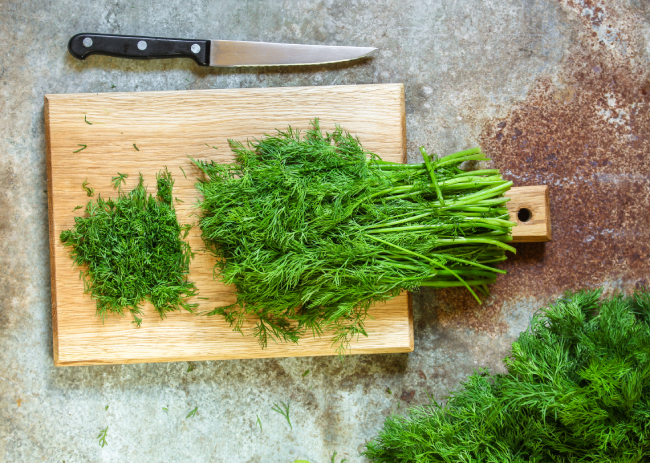
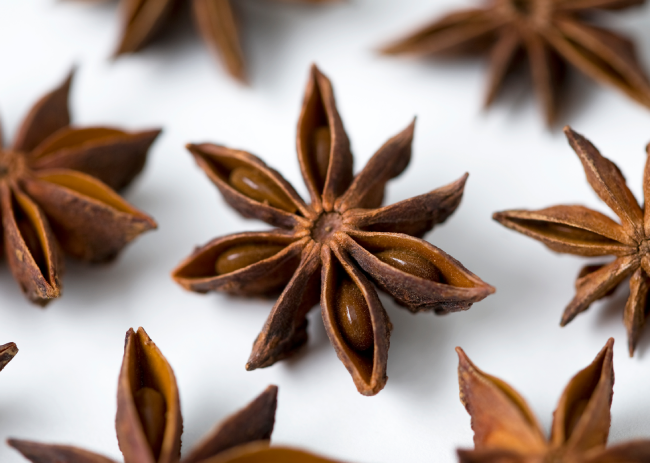
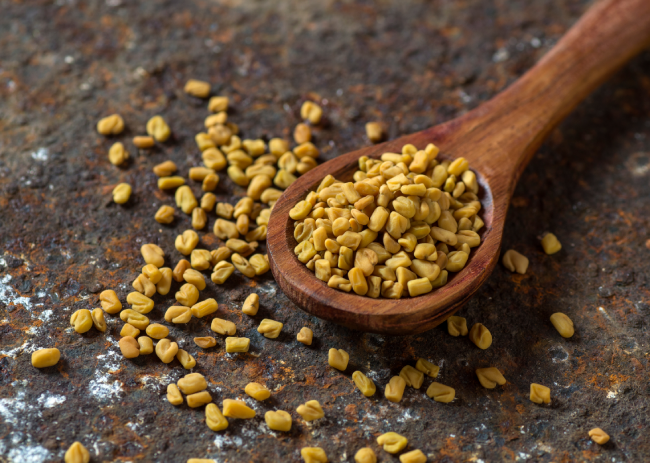
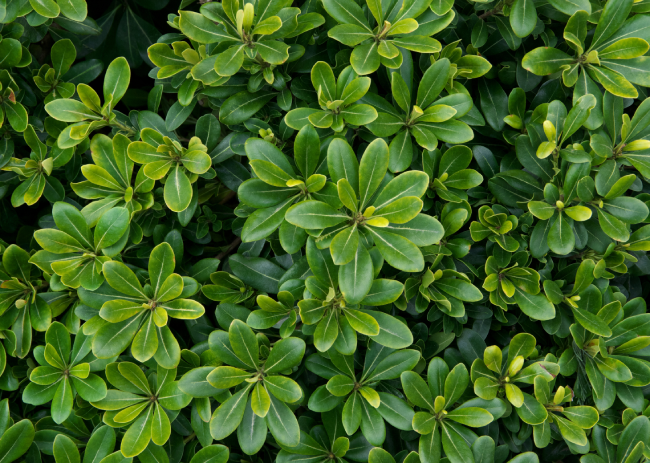
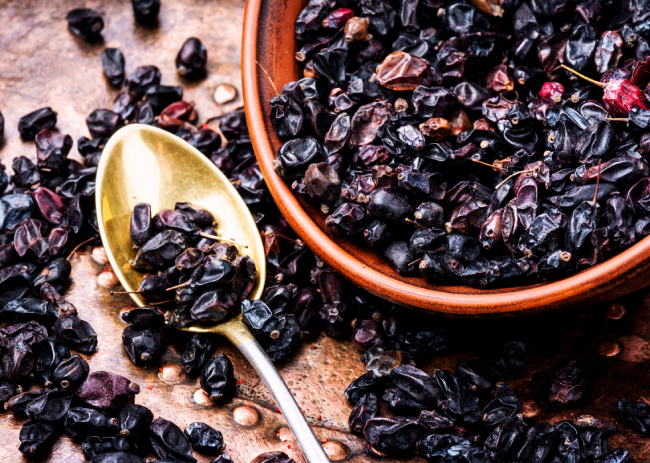
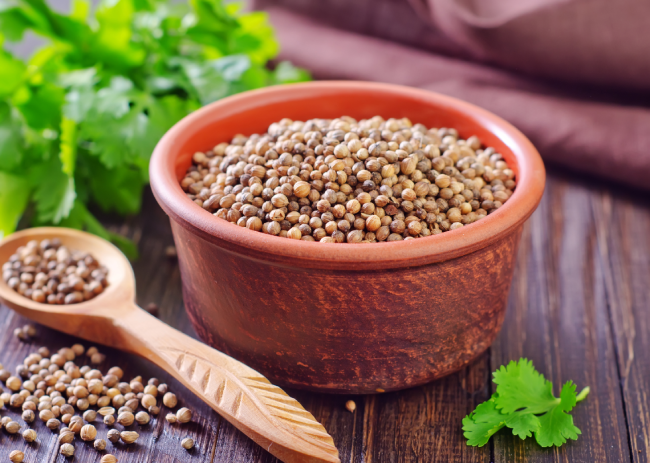
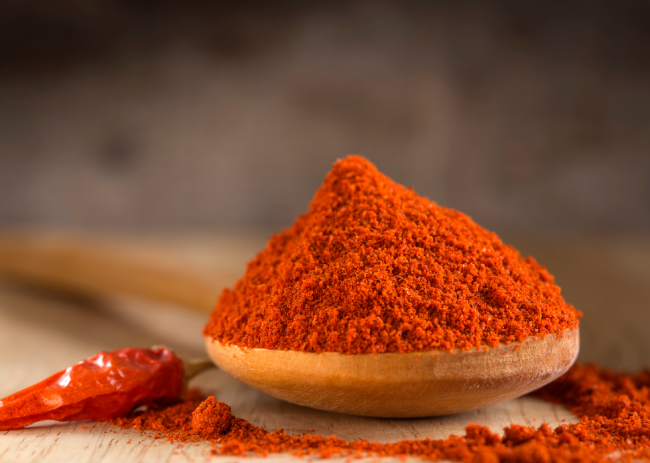
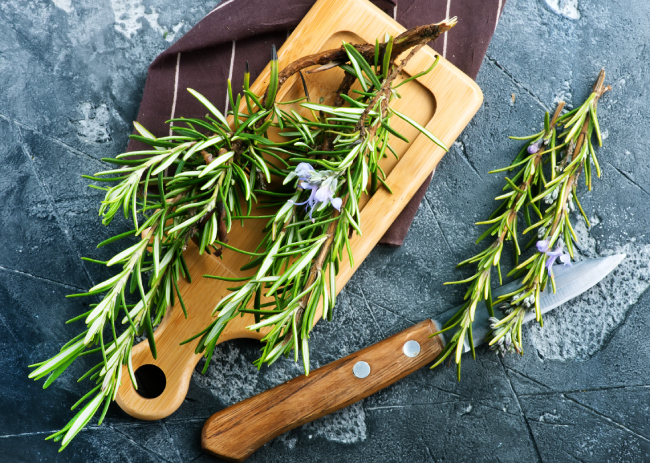

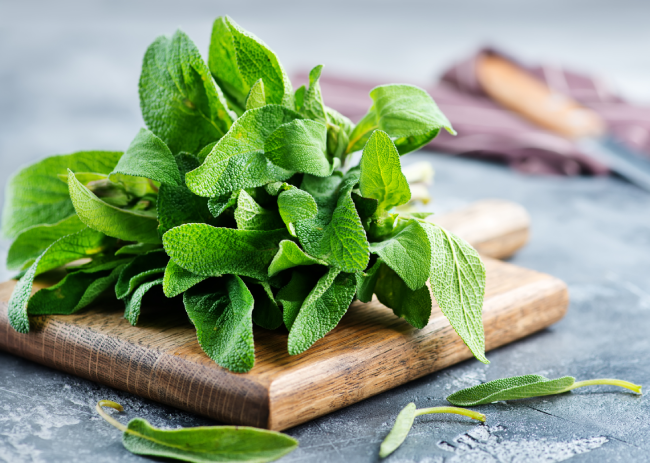
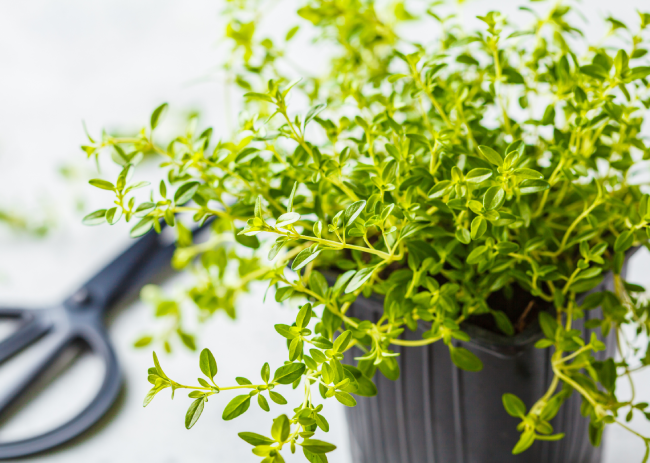
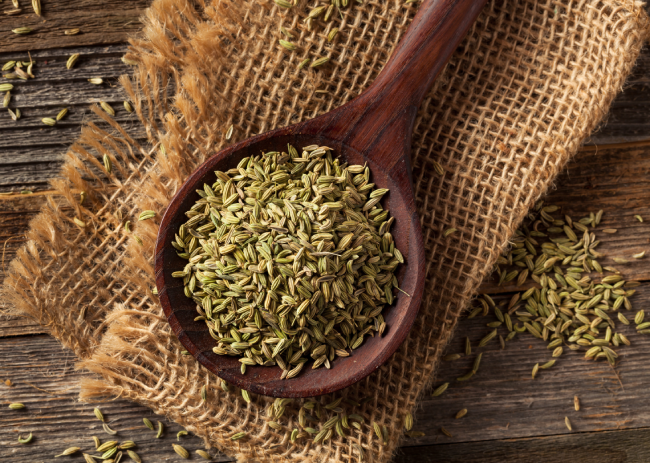
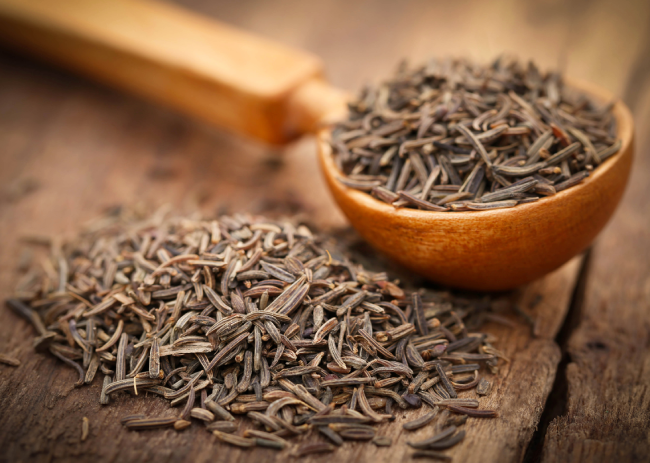
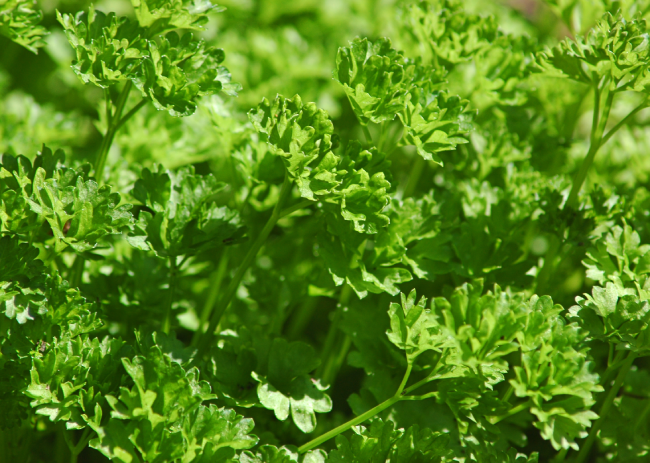

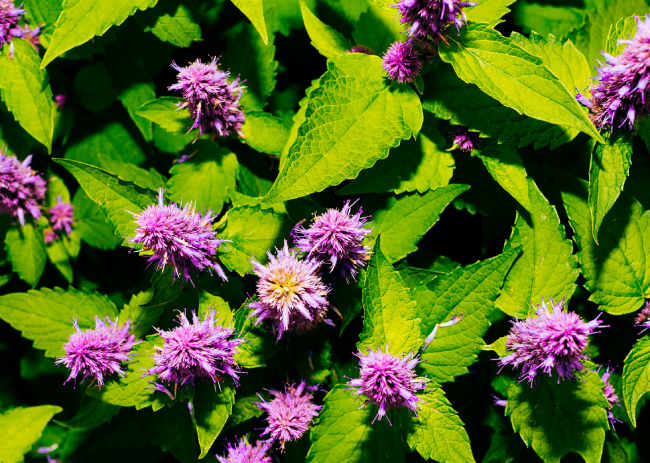
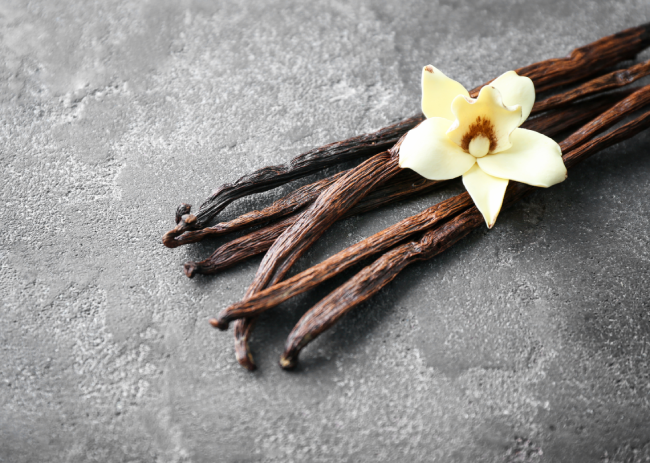

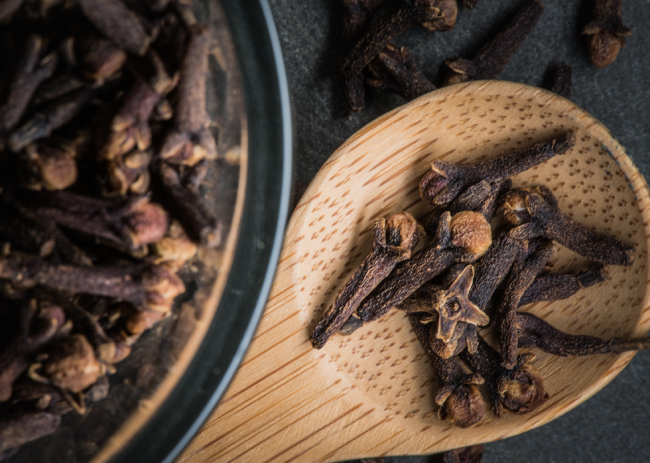

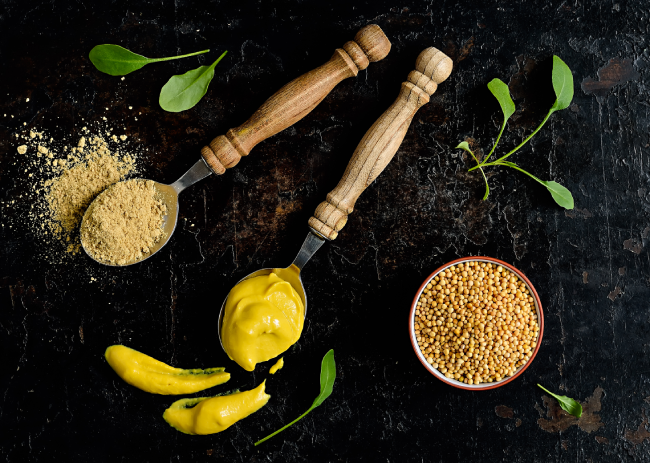
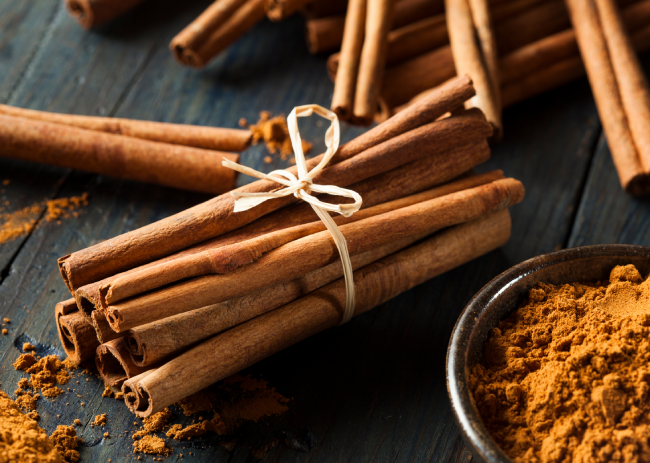
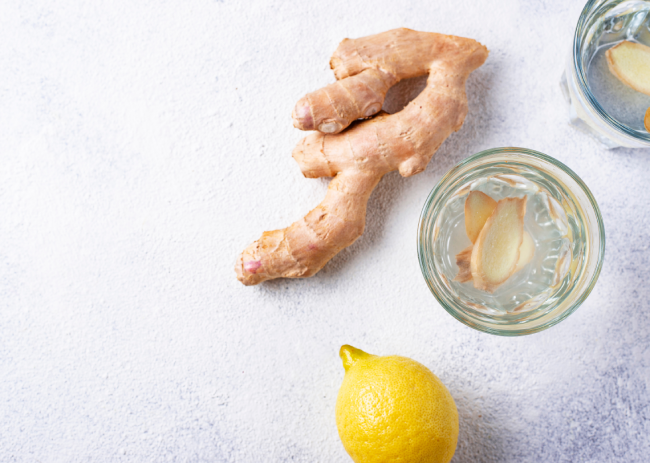
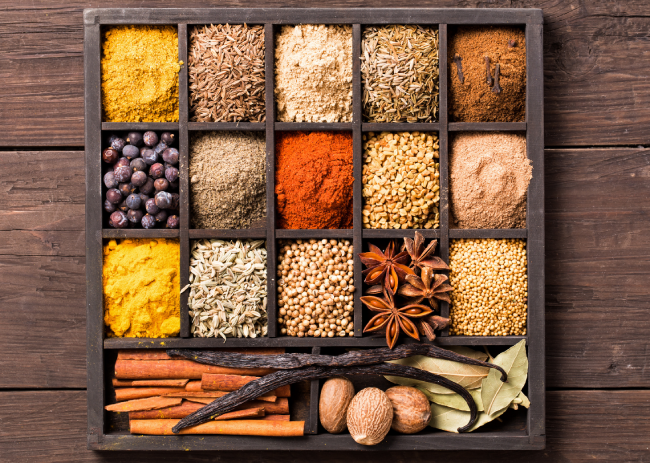
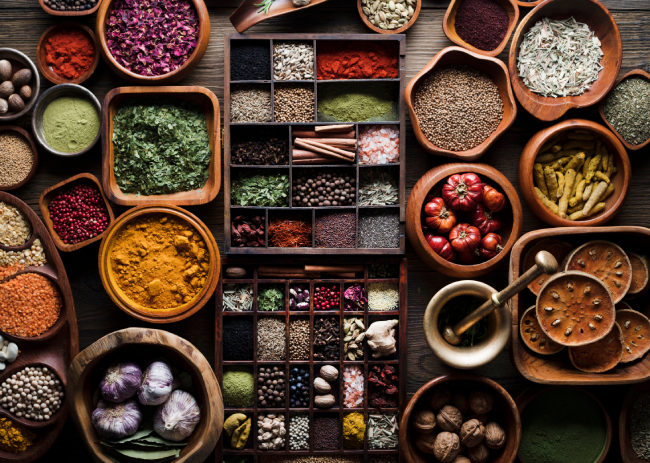

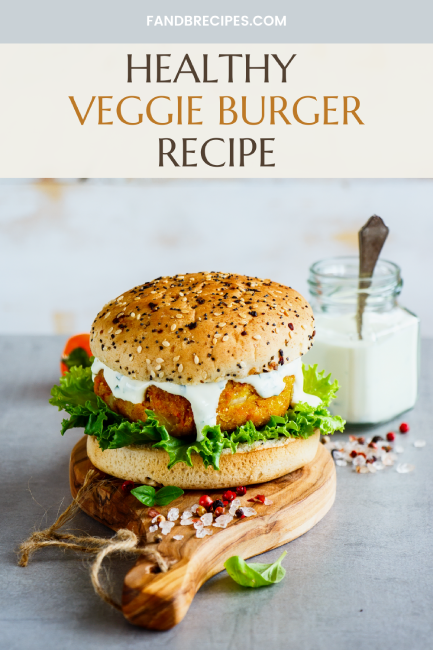
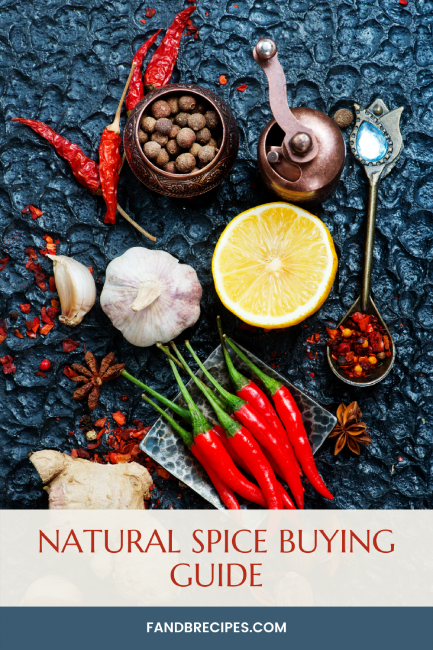
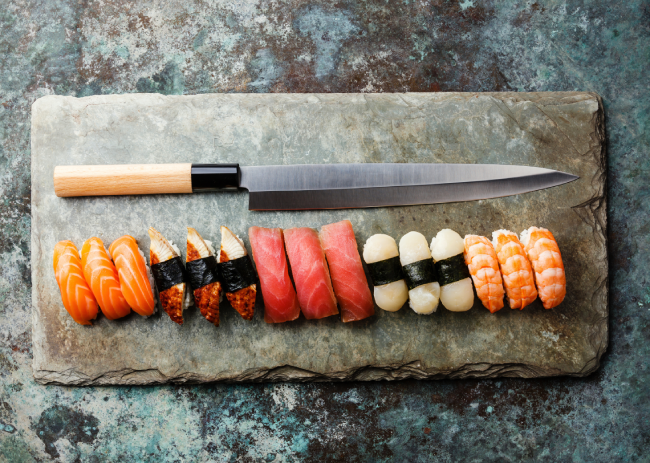
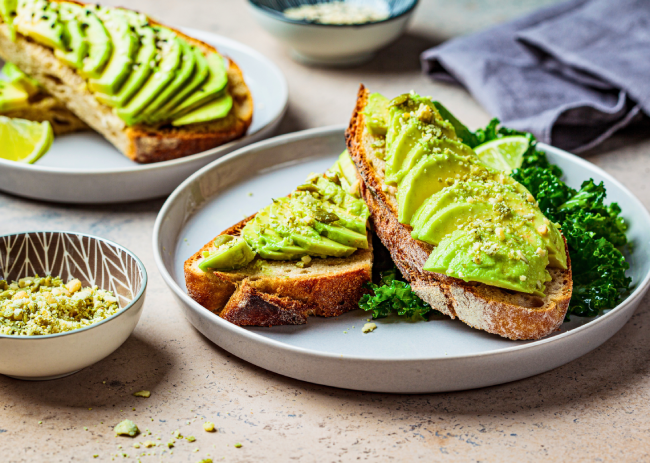
Simply amazing! Cannot wait to try.
Spicy and tasty
so informative… and the recipe of veggie burger rocks…
Very helpful,easy to understand.
Good and delicious in taste .
Loved the recipe. Definitely gonna try it!
so informative… will definitely gonna try this recipe of veggie burgers…
Love this recipe!!!!
Cooked it today,came out well…Thanks.
This informative post is very helpful
Good recipe
It looks so delicious!
This is such a helpful and easy recipe!
Spice makes food delicious and tasty.
Thanks for sharing the insights!
Thanks for sharing this guide!
Thanks for sharing these tips.
Incredible recipe! Thanks for the guidance
Fantastic and awesome recipe!
Awesome and good looking recipe!
This is finger-licking good! 👌
Thanks for this guidance, this is really helpful. The recipe is great too! 🤩
What an informative article!
What an enlightening article!
Thanks for enlightening us!
Wow, never knew so much about spices and definitely did not know you can use national spice in such a fab manner! 😍
The best guide I could ever find!
It’s so good and I also came to know about natural spices thanks to you. ❤️💖
I never knew there were so many spices! And the recipe is incredible! 💗🧡
It’s hard to find the correct spices as per the people’s wants and choices, but you have explained all in very good manner. Also, I loved the recipe!. ❤️❤️
This burger tastes better than McDonald’s!!!
Best site to know about the spices 🔥😀
I LOVED the patty and the toppings bring out the best of this burger!
This burger is the best!
So helpful! Thank you
Got to know many things about spices. Very useful. 😊
Love this recipe
veggie burger looks soo yummy…
Very helpful, easy to understand.
Yummy, Delightful
A good guide for spices
Yummyyyyyyy
yummy and tasty
Very useful guide 🤩
Good recipe!
Loved the recipe, thanks!
Flavourful
Good recipe.
It’s great to know about n no, of spices which is natural.
your blog post always adds up to my knowledge ! thankyouu
Can’t wait to make these burger recipe.
Very informative
it adds a taste to our recipes
easy recipe and informative
So Informative and helpful👍😉.. Thanks for sharing this blog
I learn way more here than anywhere else in terms of spices.
Spicy and tasty 👍
Excellent recipe!
Your blogs are always helpfull👍 very informative 👌
Thanks for explaining each and every spices ❤
Very helpful information, will try more of the spices and herbs mentioned in the article
Extremely surprise to notice such these things can also be made with less supervision.😻
Wholesome recipes
Great explanation! Loved the recipe too!
splendid recipe!
These tips gonna save us!
Adding a little spice in life !🤌🏻😌✨
Very Informative. Thank you for this detailed guide to Indian spices 🙂
spicy and tasty
I’ve used spices all my life but I still learned new things through this! Fantastic guide!
Wow! This helped me a lot! Thanks 🥰✨
This got my kitchen smell like heaven
For a complete novice like me, this could be the ultimate spice guide. Thank you putting together so many information and made it easy and simple to understand
This is very informative for me ! Tysm.
must try recipe its super tasty and spicy
Helpful information
I had no idea that spices are so beneficial!
Spicy and tasty
natural spices have a very important place in the kitchen as well as in dishes, especially INDIAN dishes, I know this, but through your article, I clearly know about the taste, the method to use, flavor, etc. thank you for the information.
good one
great recipe
good and nice!
It looks so delecious.
appetizing and look so pretty
This is so handy and helpful!! I am loving this!!
Flavours are depended on spices and it has become easy to understand spices now..
Wow!! its amazing to know about so many spices.
I always needed a spice guide! This helps me a lot!!!
Good and delicious one. Thanks for sharing.
very helpful
Needed this guide for sure 🙂
Spicy and tasty
Never knew these tips. Very helpful and thanks for posting this.
Thanks for sharing this , it is very informative
delicious taste…
I had no idea of so many masalas mentioned here! so informative!
This is informative.
sending this blog to my brother since he’s starting his college and hostel :p
this will help him
It’s hard to find the correct spices as per the people’s wants and choices, but you have explained all in very good manner.
Very usefull information….
Natural Spice Buying Guide very valuable information.
very useful
Very informative
natural spices are amazing
Very good and informative tips
VERY INFORMATIVE!
very good and tasty receipe. i will make it again for sure. loved it.
very informatic and useful tips.
spices-like life without entertainment, so if you want entertainment in life then go eat spices😊
Great Information
Indian cuisine is incomplete without a dash of herbs, and spices. Veg burger taste good better when we prepare at our home. Found new recipe. Quick and easy.
loved the recipe and very useful information.
Really helpful for beginners. Thank youuu
love food with full of spices….
i love spicy food n its looking delicious
Amazing information about different spices
got to konw more about spices …..wowww…
spice dishes are my favorite, thanks for the information
Flavour enhacing spices with useful tips
thanks for helping us with spices, this was great
This one was truly helpful!!
Hi! This blog is really helpful and informative. I learn so many things about spices, thank you so much for sharing is informative blog.
A must have spices if u love cooking…..
Savour the flavour .
I am glad I read this!!
Thanks for sharing this guide.
This blog is very informative, glad you share this blog with us!
I was years old until I read this blog…I didn’t know that some of them even existed….
Very useful information
good &outstanding
Delightful recipe! My family and I love eating these burgers every weekend!
delicious and yummy thanks for sharing!
food with full of spices….
This article acts as a Buying Guide for spices. thank you
Very informative. Thank you the tips.
Delicious, Healthy, mouthwatering recipes, love it the most.
Really helpful.
Came out well, thanks!
Interesting recipe
so helpful.. Thankyou for sharing!
Very helpful for new cooks and the recipe was very very good!
Excellent recipe!